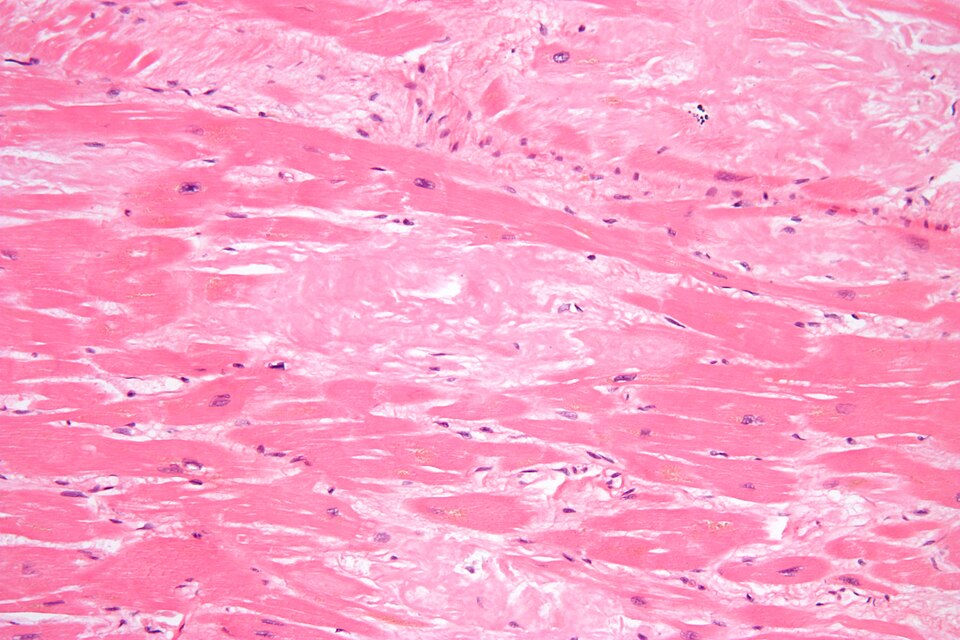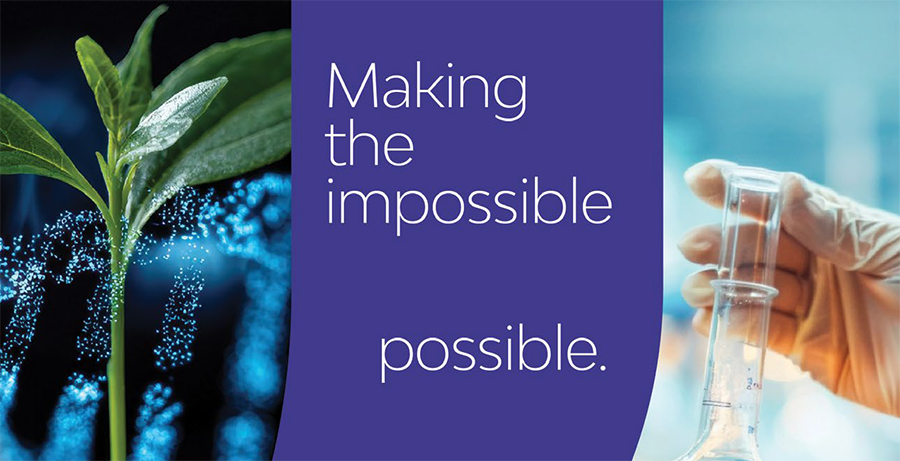Not many people know what amyloidosis is, and for Mike Lane, Founder of the Amyloidosis Army, that’s a problem he wants to change.
“That’s the first question we ask every group we go in front of: Does anybody here know what Amyloidosis is?” recalls Lane. “Nobody ever raises their hand—if they did, we’d have to give them a prize or something.” The consequences of this lack of awareness are devastating.
Amyloidosis is a group of protein folding disorders that can have serious health consequences including heart failure, kidney damage, or neurological decline. The most common types of amyloidosis include amyloid light chain (AL) amyloidosis, transthyretin (ATTR) amyloidosis, and amyloid A (AA) amyloidosis, although many other forms have been described. Some forms are hereditary, and others are acquired. All have one thing in common: once tissue damage is done, it often cannot be reversed. Early diagnosis and treatment can change the outcomes dramatically, but too often, patients don’t get treated until it’s far too late.
In fact, a paper published in the National Library of Medicine notes that 20% of patients with AL amyloidosis go undiagnosed for more than two years, and nearly half of those with cardiac ATTR amyloidosis wait more than four years for an accurate diagnosis. These delays aren’t just statistics—they represent lives lost and years of health taken away.
To better understand how patient groups like the Amyloidosis Army are indispensable when it comes to helping patients and communities connect to the care they need, Bio.News sat down with Lane to discuss both what amyloidosis is, and what he and his partners are doing to empower patients.
Why innovation and timely access to treatments matters
Lane is an amyloidosis patient himself. Luckily, his diagnosis didn’t slow him down, in fact, it activated him to connect with his community and connect patients with the care and support they need to thrive.
While amyloidosis treatments depend on the amyloid type, the field has seen a lot of innovation, and many patients now have a number of treatment options. For example, ATTR therapies have been shown to slow down the buildup of amyloid in the heart, improve symptoms, and prolong life expectancy for patients with ATTR amyloidosis. As Lane puts it, treatments for amyloidosis can prolong and improve a patient’s life considerably. But not everyone has timely access.
After his own diagnosis, Lane founded the Amyloidosis Army to tackle inequities in the amyloidosis community head-on. His organization is “focused on delivering more: more outreach, more understanding, more action, and more support for underserved communities.” Beyond raising awareness, the Amyloidosis Army empowers patients by connecting them to the care, testing, and support they need to navigate a complex and often inequitable healthcare system.
“The key is early diagnosis—before you have serious organ involvement,” Lane emphasizes. “Unfortunately, because it doesn’t get diagnosed the way it should, by the time many patients finally get answers, they’ve already got severe heart trouble or nerve trouble. They could have been so much better off if they’d started treatment years earlier.”
A disproportionate burden
Some types of amyloidosis are linked to genetic mutations that occur at varying rates depending on ancestry. The V122I gene mutation, for example, is carried by approximately 1 in 25 African American individuals. It is one of the leading causes of hereditary cardiac amyloidosis worldwide, where abnormal proteins build up in the heart muscle, eventually leading to heart failure. It is thought to contribute to approximately 1 million years of life lost among U.S. Black individuals ≥50 years, according to Lane.
Lane and many of his advocacy colleagues think that these statistics may be too conservative.
“We are looking into starting a case study using our Detroit amyloidosis meetings to look into the incidence of diagnosis,” says Lane. “Some of our doctors aren’t buying that the rates are as low as people are told because we’ve seen it pop up in the patient populations we work with more often than the official rates would imply.”
There is a great deal of work that needs to be done to improve awareness and ensure early detection and timely intervention. But to do that, Lane says, you have to meet communities where they are at.
Putting power in patients’ hands
The Amyloidosis Army has made it its mission to go into communities to spread awareness about amyloidosis, and to educate patients and families on what they can do to ensure early diagnosis and treatment. The organization collaborates with social, civic clubs and any other community groups that are interested in a partnership. This helps to spread the word about amyloidosis throughout the community.
As Lane puts it, the proof is in the pudding. By working together with community leaders and organizations, Amyloidosis army has been able to create a network of informed advocates who help spread awareness about the V122i variant, encourage early detection, and ultimately save lives. Involvement and support from community leaders has been crucial in making this initiative a success.
The Amyloidosis Army provides leading doctors, researchers, and patients from the amyloidosis community to speak at free workshops and seminars. They organize educational programs, geared towards seniors, and distribute free guides and resources that explain to patients what tests to ask for and how to work with doctors. The organization also helps patients find free testing opportunities through programs like those supported by the Amyloidosis Research Consortium.
These tools are essential in underserved communities where amyloidosis is too often overlooked. Lane explains, “If your doctor doesn’t think to test for amyloidosis, or if you can’t afford the scans and blood work, you’re already at a disadvantage. That’s what we’re here to change.”
The bigger picture
Groups like the Amyloidosis Army show why patient advocacy is indispensable: they fill critical gaps in the healthcare system, connect people to resources, and amplify the voices of those most often left behind.
For Lane, the mission is simple but urgent. “If you don’t get tested and get treatment, you can die very quickly,” he says. “And that just doesn’t need to happen.”
By focusing on equity and access, Amyloidosis Army isn’t just raising awareness of a rare disease—it’s fighting to ensure that no community is excluded from lifesaving care.
“Empowering yourself as your best health advocate is an ongoing journey,” Lane continues. “Start today by taking small steps towards better health management. Remember, your health is your most valuable asset. By being proactive and informed, you can make a significant difference in your well-being and that of your community.”
If you want to learn more you can visit the Amyloidosis Army at their website to figure out how you can get involved, get educated, and get tested.
Pictured at top: High magnification micrograph of senile cardiac amyloidosis. Photo by: Nephron.




